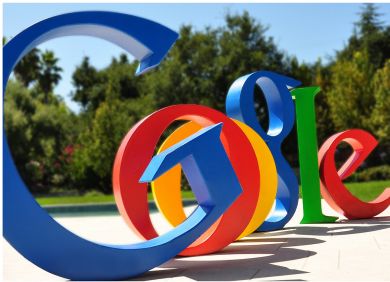

Google is finally about to pull the plug on its ill-fated Google Wave platform on 30 April.
The real-time collaboration tool, designed to merge email, wikis and other forms of communication into a single “wave,” never enjoyed the consumer traction of other Google products such as Gmail.
The search-engine giant subsequently released a considerable portion of the source code as open-source software.
“Google Wave is now in read-only mode,” read part of a Google email sent to former Wave users. “You will be able to continue exporting individual waves using the existing PDF export feature until the Google Wave service is turned off.”
Google once had high hopes for Wave. In early 2010, executives announced plans to integrate Wave features into other Google products, although it remained unclear how exactly such an initiative would take shape. By then, Google had confirmed to eWEEK that some 1 million people were actively using the service.
However, there were also some complaints – including one from blogger Anil Dash – that Google Wave’s complexity made it unpalatable to third-party programmers looking to write collaboration applications. By August 2010, it also seemed as if customers weren’t gravitating toward the platform in numbers sufficient for Google, which decided to stop building Wave as a standalone product.
“What happened was we liked the UI and we liked a lot of the new features in it, but it didn’t get enough traction,” Google’s then-CEO Eric Schmidt told media during the Techonomy conference that month. “So we’re taking those technologies and applying them to new technologies that are not announced. So, basically, we’ll get the benefits of Google Wave but not as a separate product.”
Now, the last vestiges of Wave, at least as a Google product, seem primed to implode, as well.
Do you know Google’s secrets? To find out, take our quiz.
American space agency prepares for testing of Boeing's Starliner, to ensure it has two space…
As UK and Europe develop closer military ties, European Commission says it will invest €1.3…
Zuckerberg seeks to revive Facebook's original spirit, as Meta launches Facebook Friends tab, so users…
Notable development for Meta, after appeal against 2021 WhatsApp privacy fine is backed by advisor…
First sign of shake-up under new CEO Lip-Bu Tan? Three Intel board members confirm they…
Trump's nominee for SEC Chairman, Paul Atkins, has pledged a “rational, coherent, and principled approach”…
View Comments
Eric Schmidt open only a half of the situation.
Main reason was about "Google has decided to invest in this project, just because they saw in it a weapon against Facebook".
And Because of this Google Vice president Vic Gundotra worked on this project. He also famos as general for War With Facebook (WWF).
Later wave team realized that Wave is more popular for business, not for consumers. For the top management to leave the consumer market meant the rejection of the idea to defeat Facebook. And they didn't.
Yes may be it wasn't a good traction for consumers, but good enough for business. Here is more detailed study: http://umumble.com/blogs/wave/461/